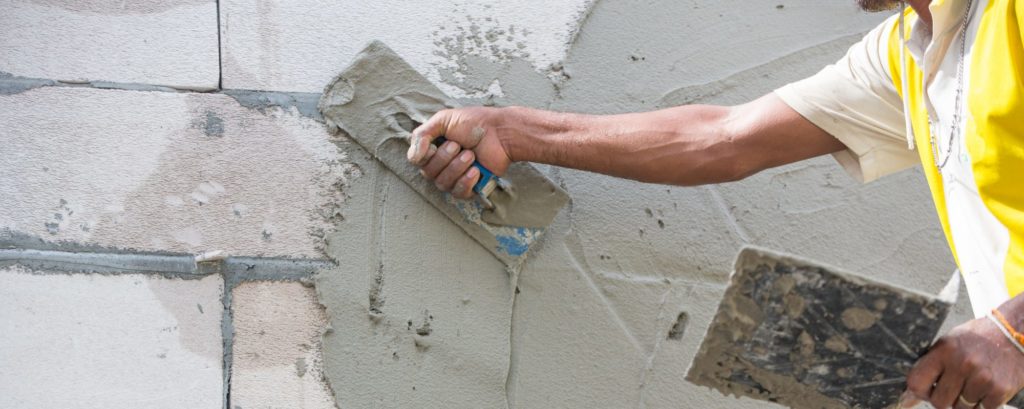Can You Successfully Plaster Your Own Home?
When refurbishing an older property or renovating your own home, consider any plastering that needs doing as a job best left to a skilled tradesperson. But with some proper preparation, sourcing the correct building materials, and following a tried and tested method, it is a task that the budding amateur could complete. But it is vital to remember at the outset that plastering is a skill that improves with time; accept that your plastering will not be of the same standard as a time-served professional.
Getting The Proper Equipment
Sourcing tools of a good standard is an excellent initial decision as they give you an increased chance of completing the job well. There is also a healthy second-hand market for good tools, so you can collect some funds after completion by selling them on. When looking to plaster your home, the list of building supplies needed is as follows –
- Plastering trowel – choose one that feels comfortable; a stainless-steel option with an evenly weighted handle is advised.
- Bucket trowel – this tool is designed to scoop up plaster and move it from bucket to hawk board.
- Hawk Board – this holds the wet plaster; both wooden and plastic options are available.
- Good quality paintbrush – for keeping both your trowel edges and the plaster wet and malleable.
- Power mixer – much more manageable than mixing by hand and more suitable if mixing large quantities of plaster, hiring a mixer is an option to consider.
You should also equip yourself with the proper personal protection for the work in hand, safety glasses, gloves as a minimum, with suitable coverings for flooring or carpets.
The Plastering Process
Plastering is easily broken down into the following procedural steps, which should each be carefully studied; further research using the many helpful online guides is essential. These steps are as follows –
- Prepare The Surfaces – after laying protective coverings on the floors, start preparing the walls by washing and scrubbing them thoroughly. Remove any loose debris and tape up the plasterboard joints. Apply the PVA glue, which is a component for holding the plaster to the wall.
- Mix Your Plaster – Using spotlessly clean buckets, mix the plaster, following the instructions to the letter. If using a power mixer, use a lower speed so as not to overwork the mix.
- Apply The Plaster – Move the wet plaster to the hawk with the bucket trowel; apply with smooth, even strokes, starting with smaller amounts and increasing as your confidence improves. Allow the first coat to dry for around twenty minutes before applying the second coat.
- Getting a Great Finish – after using a spray bottle to dampen any part you’re unhappy with, use an angled clean edge to smooth away any excess. Use a damp paintbrush to tidy up corners and edges.
These four main steps have been simplified for this short piece; refer to the online how-to guides for fuller explanations.
When planning your home renovation project, it is perfectly possible to plaster the walls of your successfully, and hopefully, this short article has given you the confidence to try it.


Comments are closed.